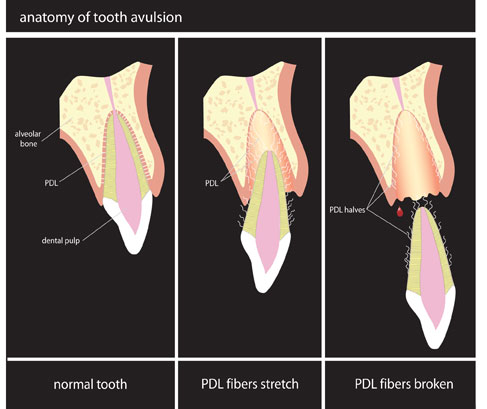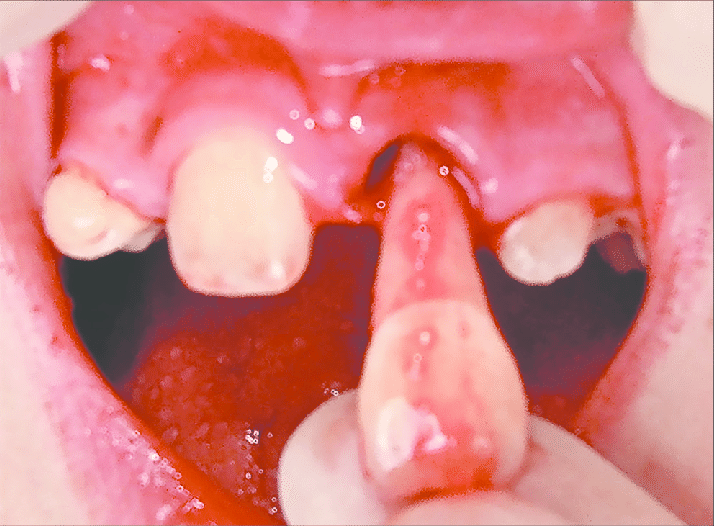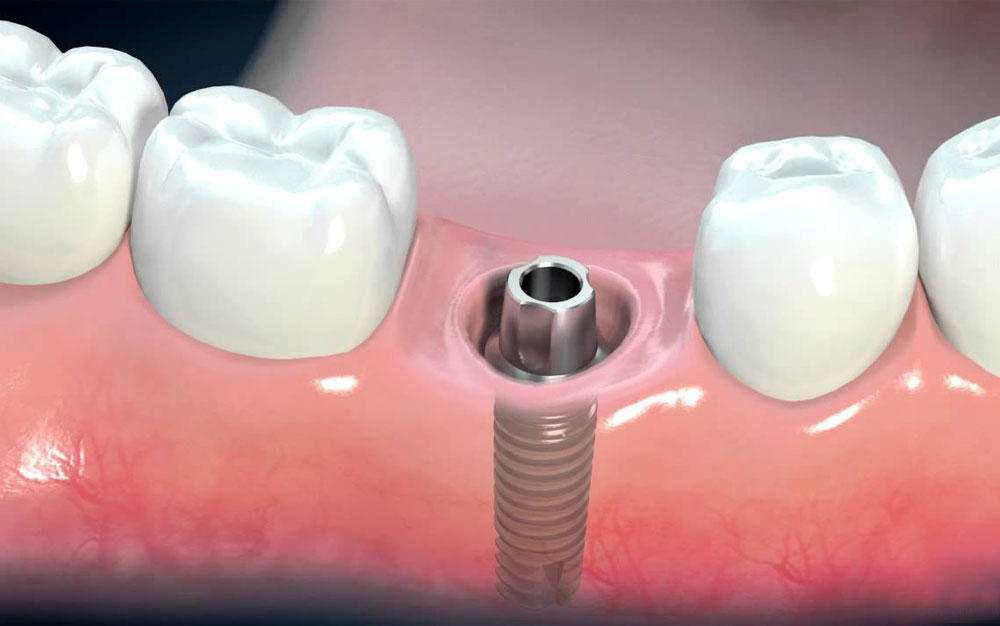Early in my dental service years in rural areas of Perak state, just after I have graduated, I was sometimes called to see dental trauma cases. My patient would walk in with bloody shirts, still in shock, looking daze accompanied by grave and anxious parents. Often time, dental injury heal very well, especially amongst teenagers who have miraculous healing ability.
Accidents and mishap can happen to anyone and anytime. As dentist, we see fair share of trauma cases be it motor vehicle accidents, sports injury or simply a fall from skipping down the stairs. When dental trauma, do seek dental treatment. Early management for some injury does make a lot of difference. In CPR, or cardiopulmonary resuscitation, the first 4 minutes of ‘Golden Time’ is precious before brain cells start to die off. Periodontal cells coating root surface of an avulsed tooth also have a limited time before irreversible changes happen.
Teeth can be tender, displaced, mobile, fractured or pushed further into the bone. Avulsed tooth is where one whole tooth get knocked out of socket. This usually happen to the upper front tooth of a child or teenager as bone is still soft and pliable. Older adults would just end up either with tooth or bone fracture. If you have your child’s permanent (adult) front tooth in your hand, do not throw it away. Handle it well before reaching dental clinic so dentist may able to insert it back into the socket. The tooth inserted back will likely need root canal treatment in the future but it will help with maintaining the child’s bone level by holding the tooth as teenager jaw continues to grow and develop.
Here are some steps for emergency management of an avulsed tooth.
Step 1.
Hold the tooth by the crown, avoid touching the root surface. We want most of the periodontal cells viable for reattachment to bone. If the tooth is dirty, gently rinse under cold tap water
Step 2.
The best place to keep the tooth temporarily before reaching clinic is back in its socket in patient’s mouth. However the wound should be too tender and painful even to lift up the lip. The alternative is to keep the tooth in a bag or container with patient’s saliva, fresh milk or saline (better known as contact lenses solution).
Step 3.
See or call a dentist as soon as possible for further management. Avulsed tooth that has been kept in proper medium, for less than 30 minutes outside of the mouth, may do well when reimplanted. Tooth that has been left out for more than an hour may not be suitable for use. So time is of the essence here.
In the clinic, the tooth will be splinted to the other teeth. However, if a milk tooth gets avulse, it is not beneficial for reimplantation as it will be replaced by a permanent adult tooth. Every case is slightly different and reimplanting may not be the chosen option. But if something like this does happen, having some knowledge on proper management of that tooth might turn out useful.








